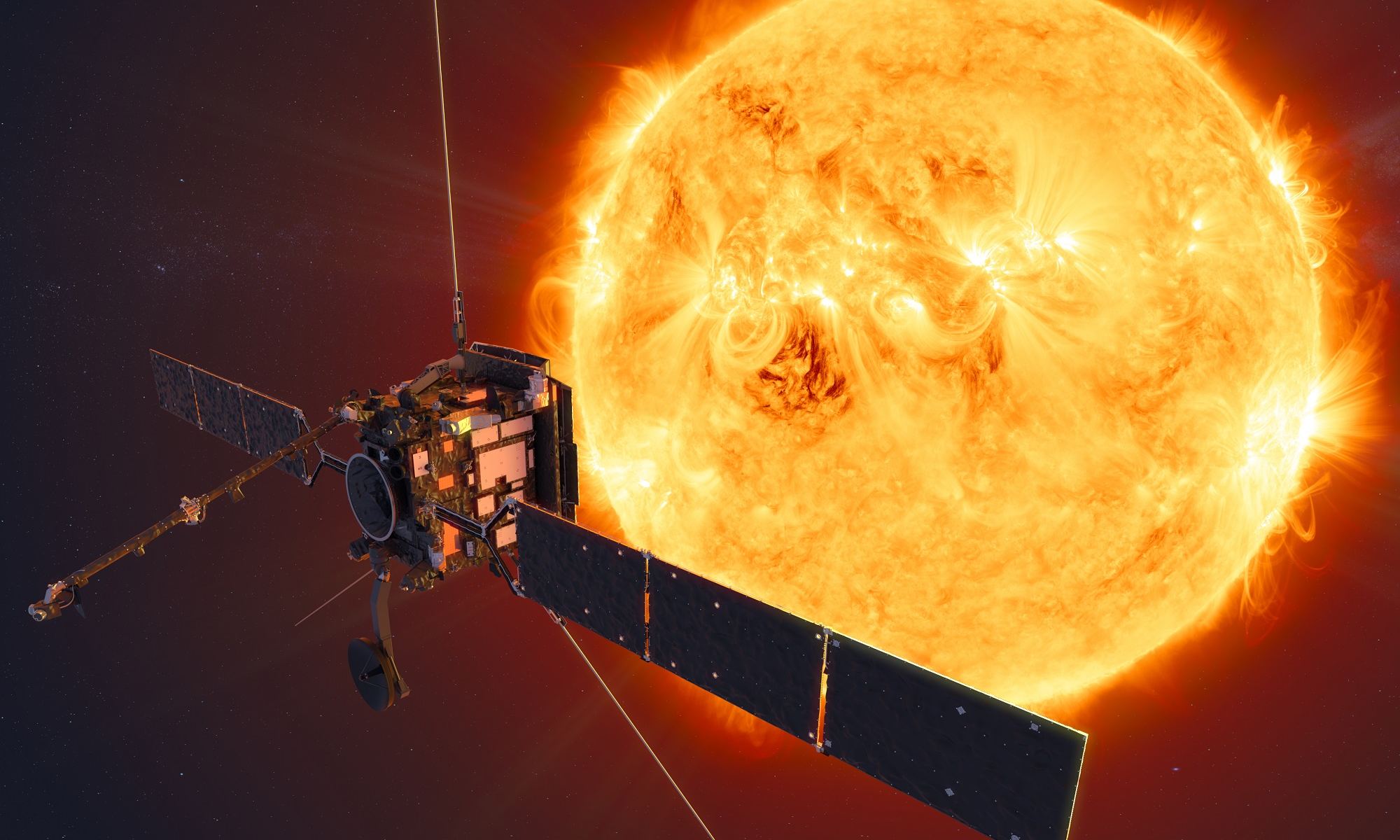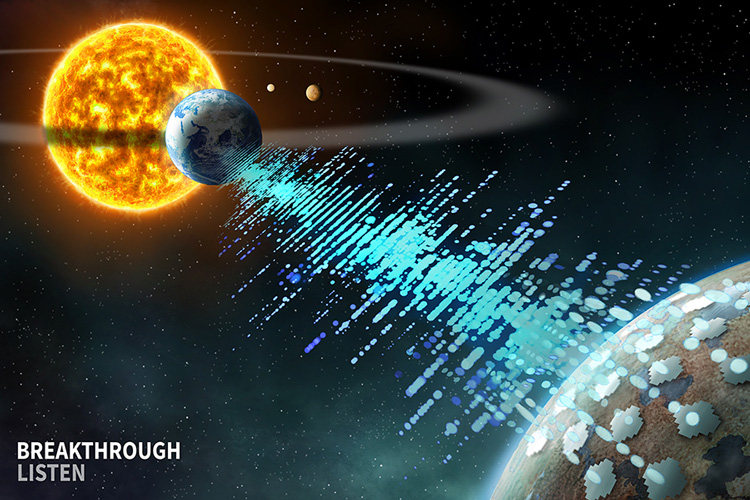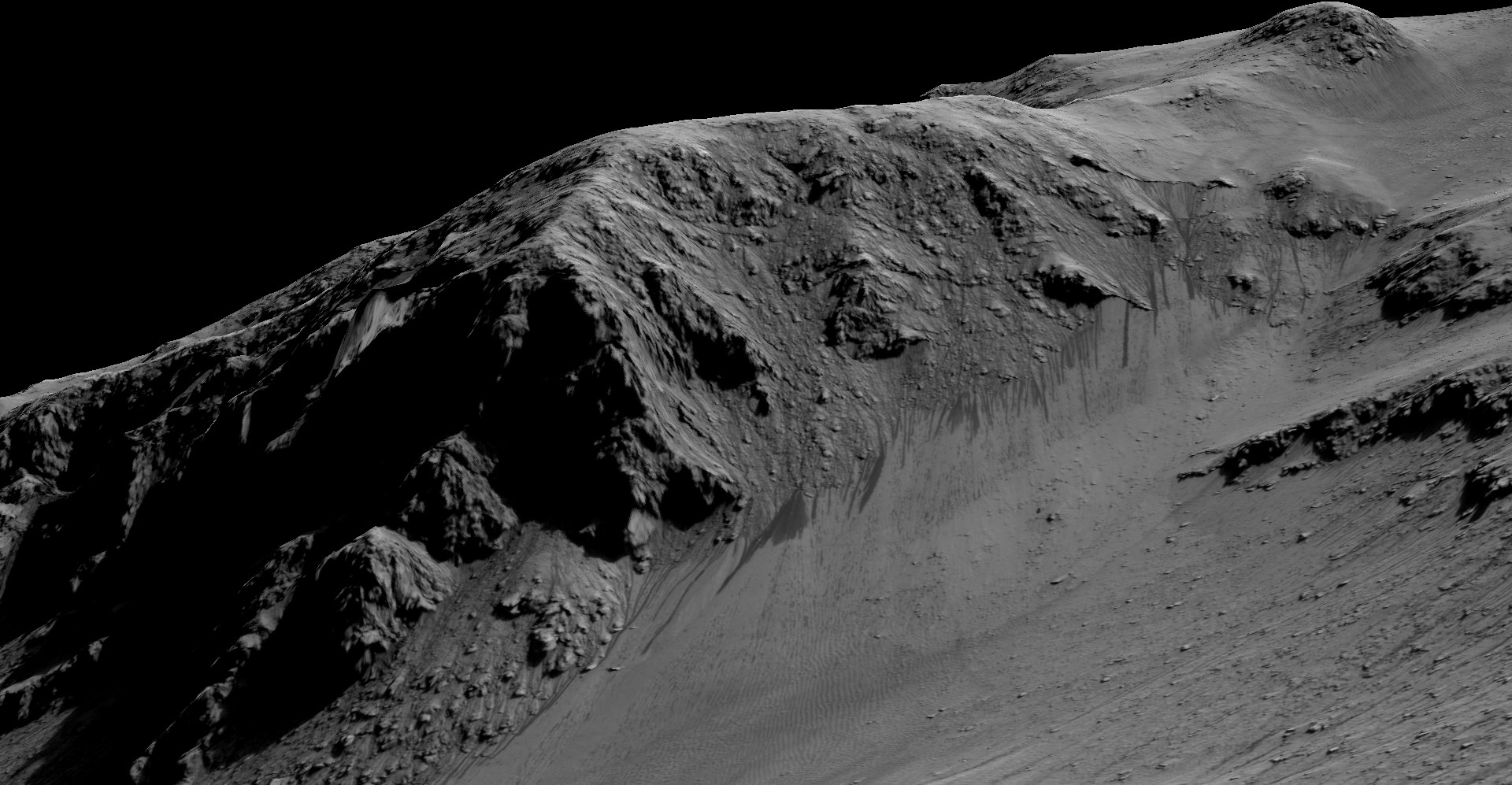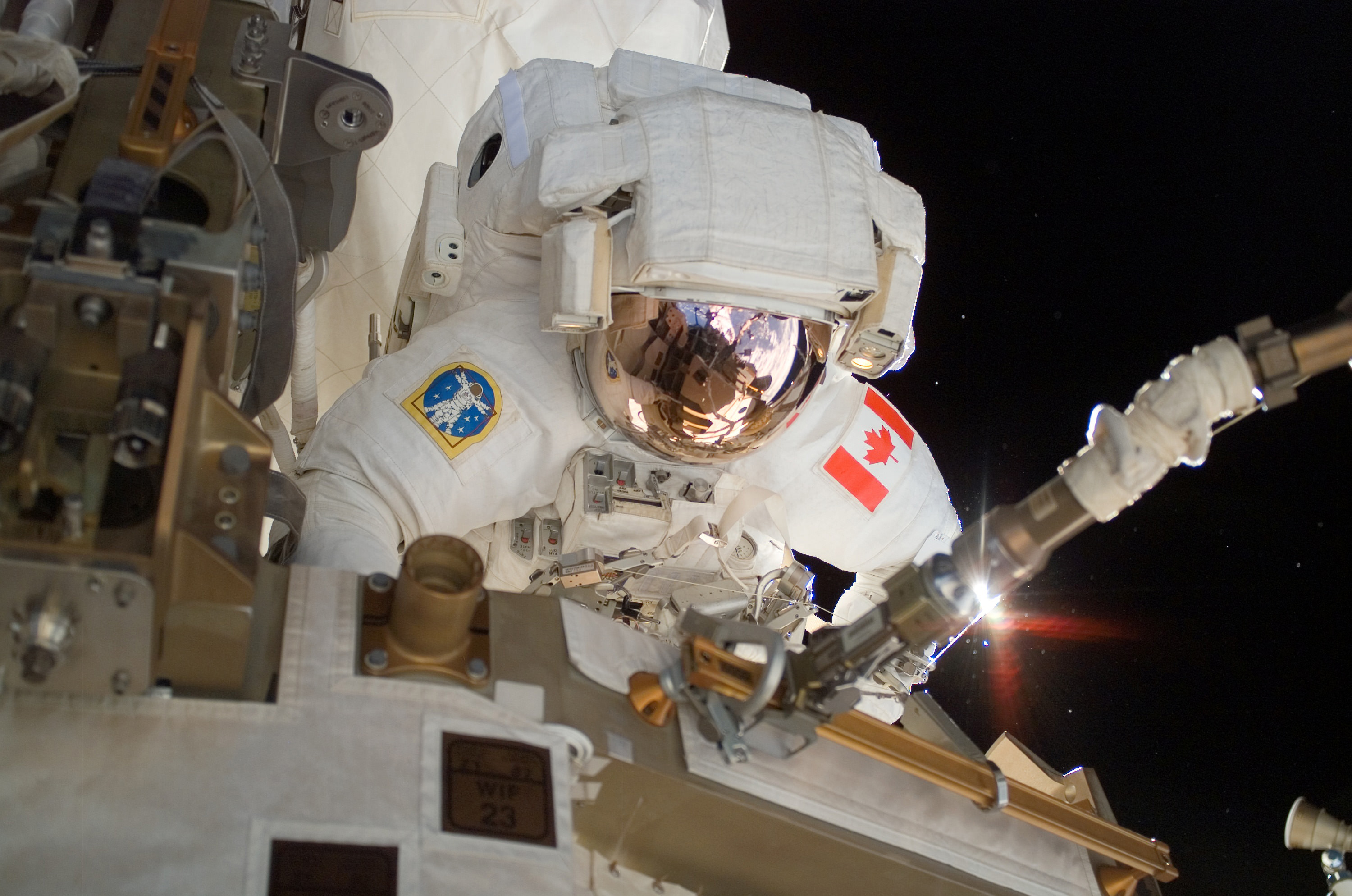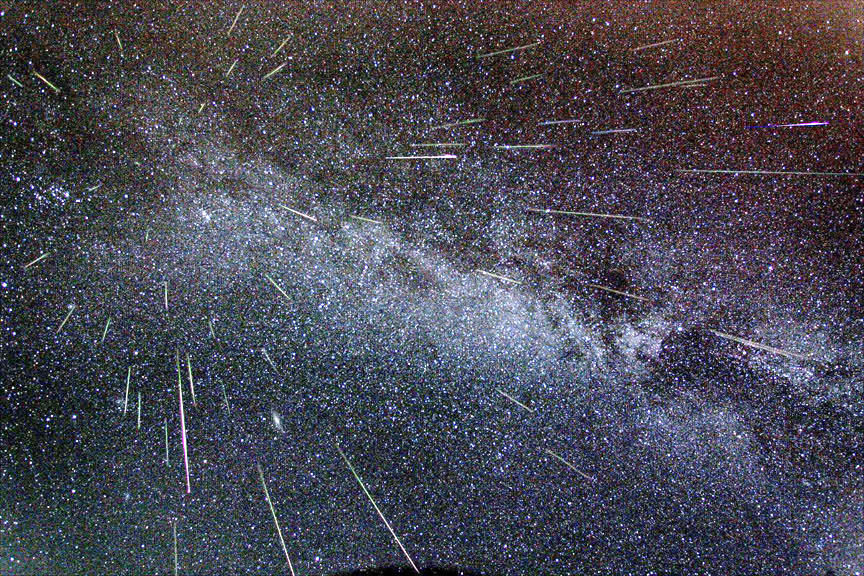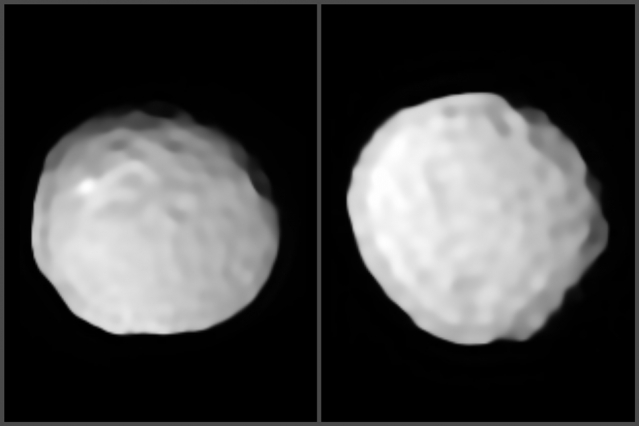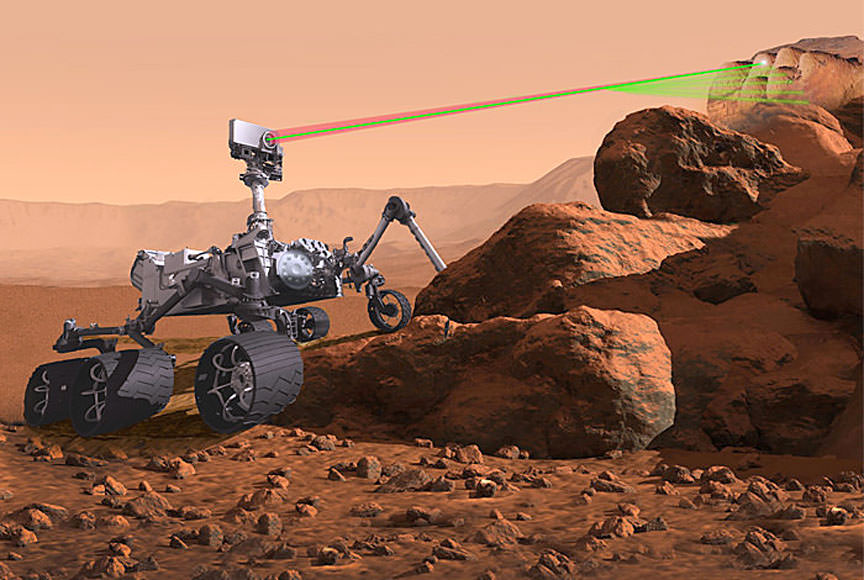Philosopher, polymath, educator, synthesist, founder. These are just some of the words used to describe Aristotle, the 4th century BCE Greek luminary who (along with Plato) is known as the “father of Western philosophy.” With subjects ranging from physics, biology, and astronomy to logic, ethics, politics, and metaphysics, there is scarcely any field of study or subject that he did not have a significant and lasting impact on.
In fact, within the realm of astronomy and physics, Artistotle would be one of the leading authorities whose work would be considered canon for over two thousand years after his death. From Classical Antiquity to the Roman Empire to the Middle Ages and the Rennaissance, Aristotle would be considered the authoritative source on countless subjects.
Continue reading “Who was Aristotle?”

